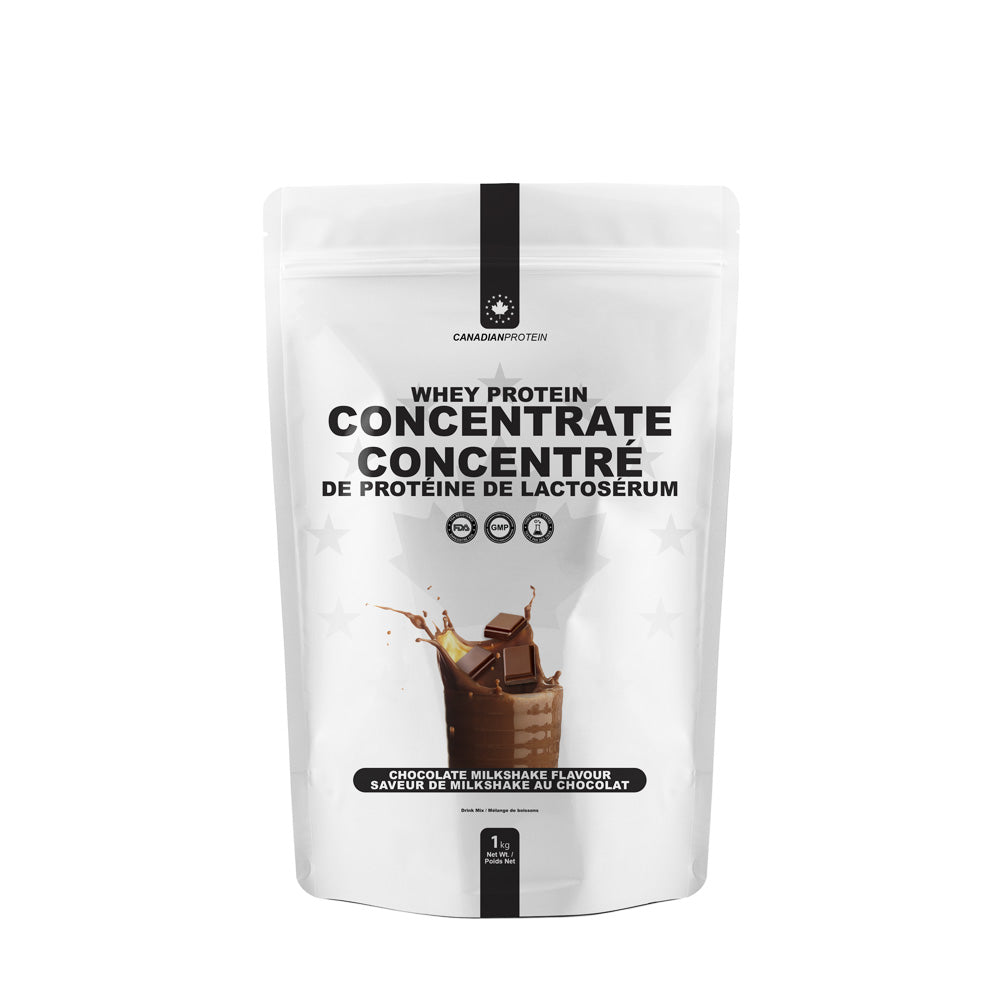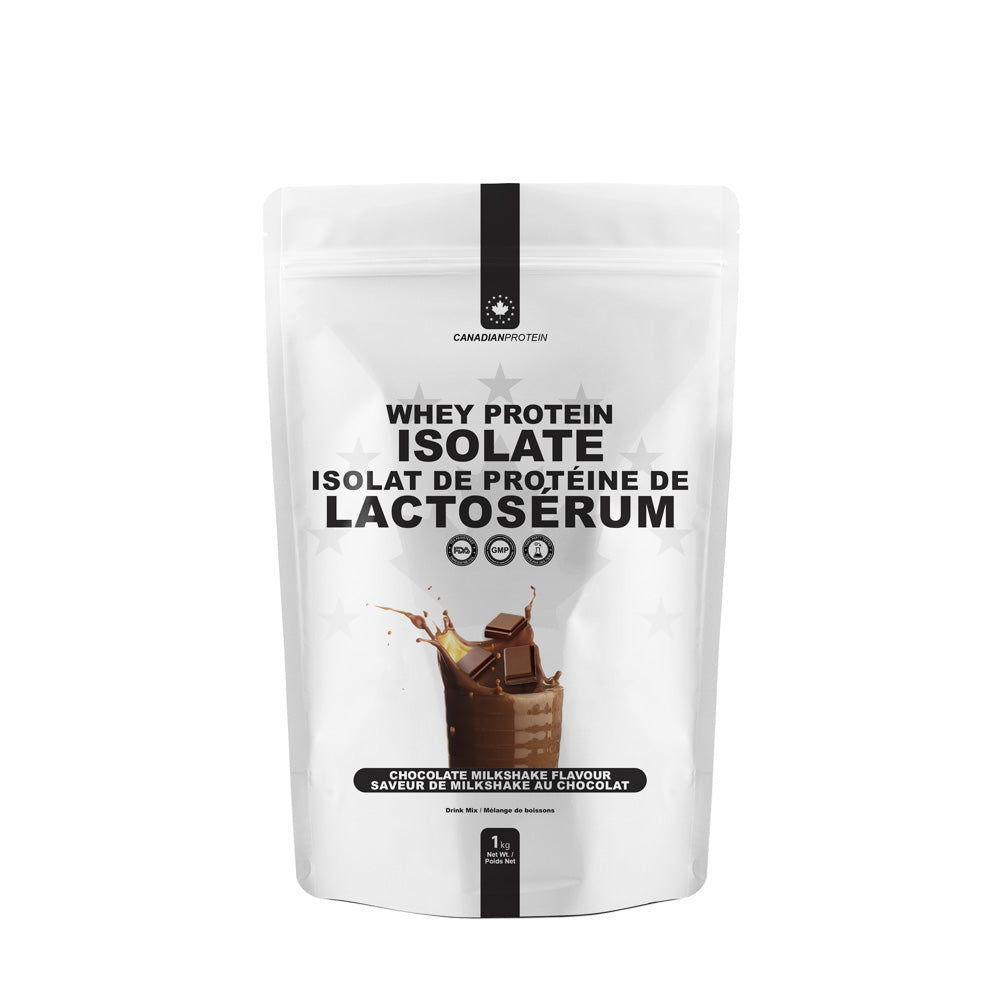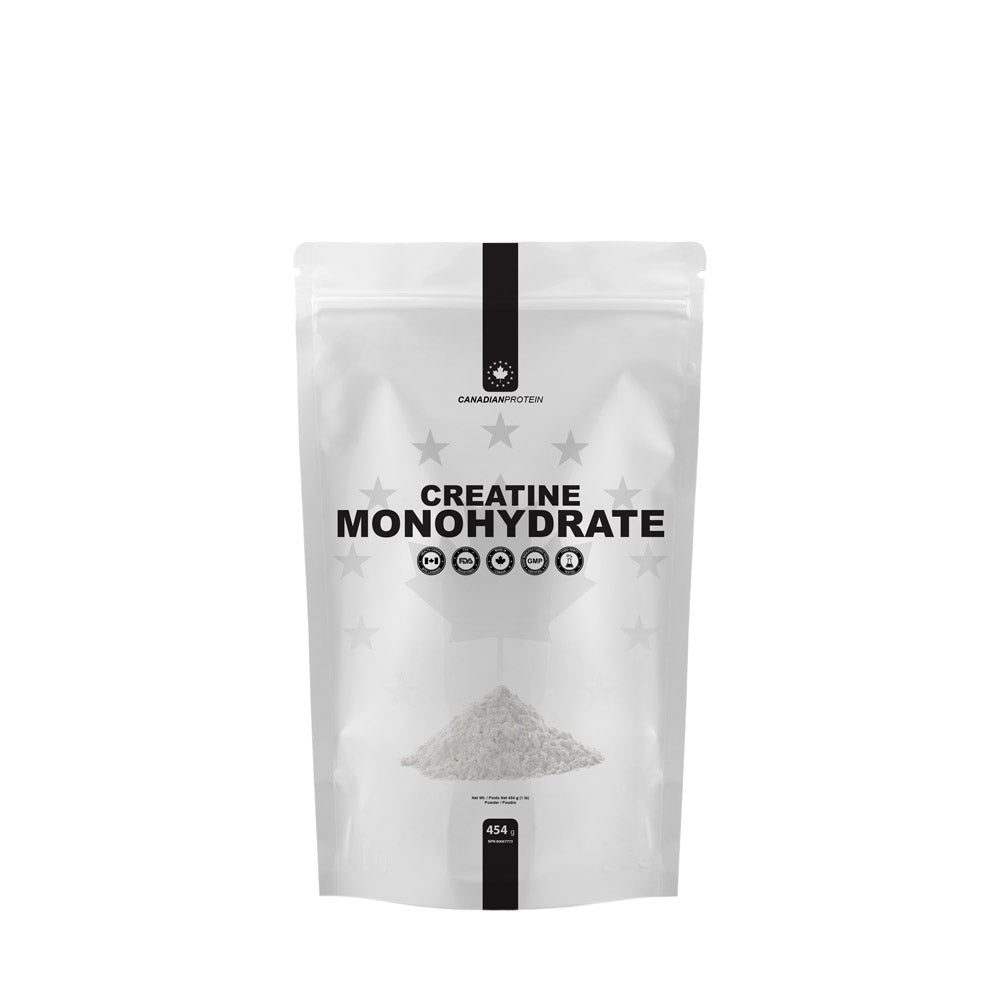The health and sports supplement industry is literally one of the most competitive and lucrative industries on the face of the earth, and is one that rakes in hundreds of billions in revenue every single year. These are pretty clear indicators that there is a great demand for sports supplements, but they also beg the question: “Do we know why what we’re taking is so healthy, and do we actually know what we’re taking”? Protein supplements are without question, some of the most popular supplements in the entire world. Whey protein for example, is actually quite literally the most popular supplement in the world as evident in the fact that it is the best-selling sports supplement. However, making these products is not an easy process, and it is certainly not a cheap process. Recently there have been a number of scandals in the health supplement world, as some unscrupulous manufacturers have actually been “spiking” their protein powders with amino acids. This is known as amino acid spiking. But what exactly is it, and why do some companies do it?
What is amino acid spiking?
Basically, as just explained, though it may sound pretty scientific and complicated, the basic premise behind amino acid spiking is that companies and manufacturers will add amino acids to their protein powders, to help bulk out the product, help it go further, and to cut back on costs.
Why are some companies spiking their protein?

Basically, and not surprisingly, the main reason that companies sometimes spike their protein supplements is all down to money. As protein supplements have become so hugely popular over the last few decades, the cost of protein has been steadily rising. As the cost of protein has been rising for customers, so too has the cost of processing and manufacturing the protein supplements. Lab equipment, filtration devices, members of staff, separation processes etc, all cost money and therefore big companies are having to spend more. Now, they could quite easily make a very tidy profit by simply increasing their prices, and that is exactly what they do. However, that clearly isn’t enough for some of them as they’re looking at saving on whey protein by using less of the protein and bulking it out with cheaper amino acid powders, but still charging the same amount. The two most common forms of amino acids used in these supplements are: taurine and Glycine as the average cost of these aminos is far less than that of protein. As these amino acids don’t have the same effects as protein, users simply won’t see the results or benefits they should be seeing, and that simply is not fair.
How to tell if your protein is spiked
The most effective method of telling if your protein is spike or not is basically to read the label. If your product is marketed solely as a protein supplement, read the label and see if it contains creatine, taurine, arginine or glycine. By law, the companies have to include all ingredients on their labels, they’re basically just hoping that customers will either not read the label, or will simply not understand what they’re reading. Obviously some protein supplements contain amino acids deliberately as when used in conjunction with one another, they can be beneficial, but the label should clearly state it is blend of protein and aminos. Protein naturally contains amino acids as it is made up of amino acids, but if any: Taurine, Glycine, Arginine, or creatine are listed in the ingredients list, rather than on the AMINO ACID PROFILE list, that is a clear warning sign of amino spiking. If the aminos are listed in the amino acid profile list, then fair enough, if they’re listed as part of the main ingredients, your protein could very well be spiked.













